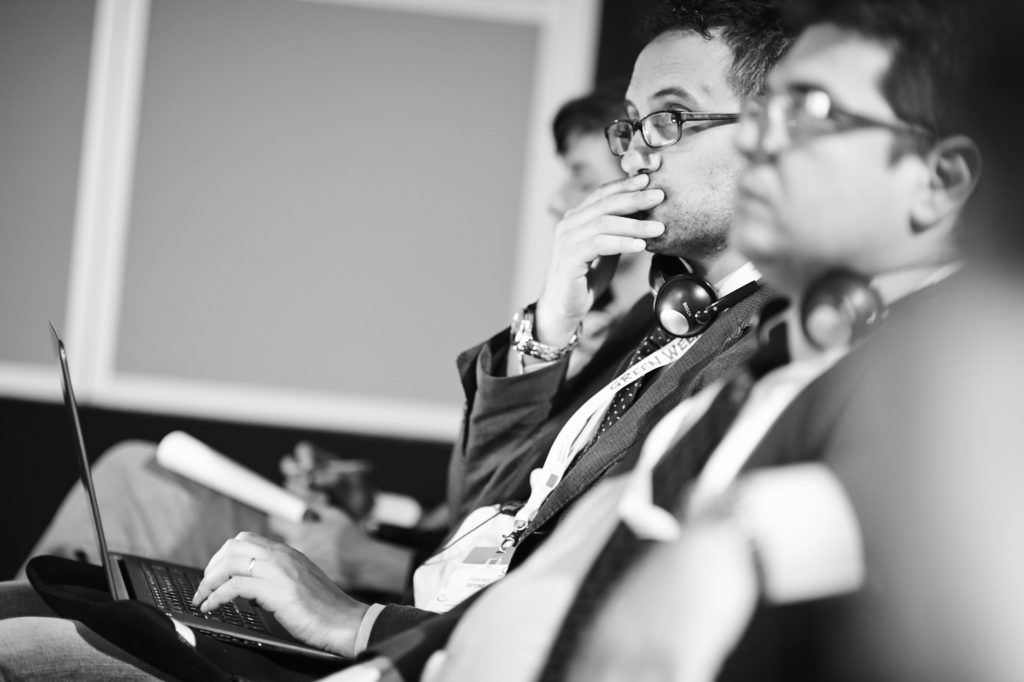
The circular economy refers to the concept of an economic system in which there is no waste. Materials are recycled, repurposed and reinvented to create new raw materials thereby reducing the need to extract new resources and thus saving money, energy and water resources.
One framework for achieving the circular economy was first described in the 1970s with the name “cradle-to-cradle”, and gained considerable notoriety with a book of the same name in 2002. The name relates to the older notion of cradle-to-grave products, where companies take responsibility for the disposal of goods they produce, but don’t necessarily put the materials within the products back into service.
There is a Cradle-to-Cradle Products Institute which sponsors a design challenge that seeks to inspire up-and-coming designers to create products for the circular economy. Design professionals and students in 19 countries worked as individuals or in teams to submit 79 entries in this year’s contest.
The winning student project was a modular sneaker, made with bamboo, wood textiles and recycled fibers. The shoes can be customized and updated and components can be replaced without using glue. The shoe can be easily disassembled and cleaned and parts can be exchanged for recycling with the manufacturer.
The winning professional project was a new kind of sustainable food packaging made from compostable banana stem fibers. The fiber is extracted by farmers as part of routine crop maintenance, and is currently treated as waste material. Banana Stem Fiber Packaging offers an alternative to plastic and paper, and could provide a new income source to farming communities.
Thinking cradle-to-cradle is the way to go if we are to create the circular economy.
**********
Web Links
3p Weekend: These Cradle-to-Cradle Innovations Stop Waste in Its Tracks
Photo, posted June 4, 2014, courtesy of Friends of Europe via Flickr.
‘Thinking Cradle-to-Cradle’ from Earth Wise is a production of WAMC Northeast Public Radio.